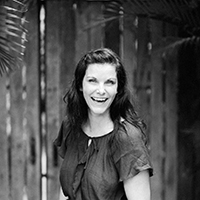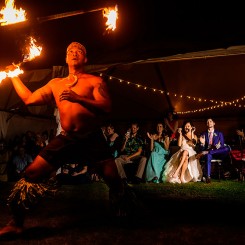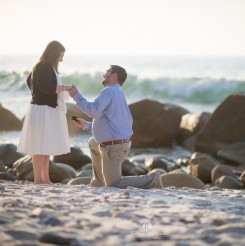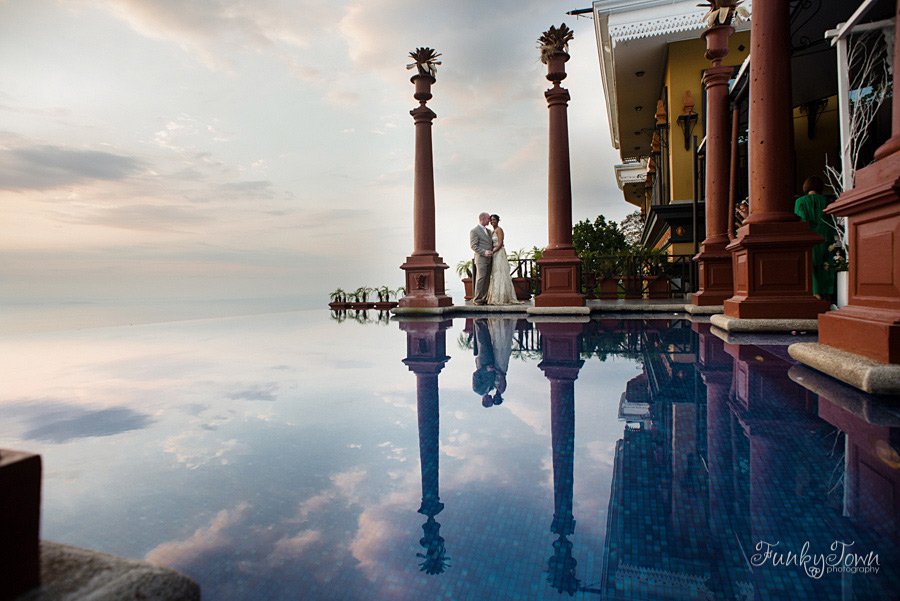Interpreting Wedding Photography Pricing And Packages – A Guide For Engaged Couples
Posted by FunkyTown Photography on February 18th 2015
Photographer Contact Information
Victoria, British Columbia Photographer
http://www.funkytownphotography.com info@funkytownphotography.com N/A
After working as a wedding photographer since 2005, one of the most common questions I’m asked is about how I create my packages and prices. I realize since this is usually the first time a couple has ever hired a photographer it can be very confusing to understand wedding photography lingo. I put together this article to help you understand the language we as photographers use when we describe our packages, and some questions you can ask the photographers you’re considering for your wedding. That way you can find a great fit for your specific needs and budget.
1) Sitting fee, coverage, creative fee or service fee: This is usually the amount you will pay for the photographer’s time. Sometimes this fee includes digital files or products, but sometimes not. Separating the price for services and products often means you hire the photographer for the wedding day and you can purchase digital files, photo products, prints and albums separately.
2) Edited images, polished images, retouched images, or post-processing: Often, photography studios will put a considerable amount of extra time removing blemishes, softening skin, punching up colours, creating black and whites, and lightening or darkening areas of a photograph. An average of one to five hours can be spent on the computer for every hour of photography coverage. When a photographer mentions retouching or editing an image, he or she usually means time spent on a computer making the images perfect for printing.
3) Proofs: If you are ordering products (such as albums, prints or digital images on a USB memory stick) separately the photography business may provide you with a way to preview the images first. There are several ways a photographer may share proofs:
a) online in a web gallery;
b) small images on a USB memory stick or disc (usually they are not printable);
c) as 4×6 prints or in a proofing album with thumbnail-sized versions of each picture; or
d) a viewing in the photographer’s studio.
4) Digital files, digital negatives or photos on a USB or disc: This means you’ll receive digital photos on a USB or memory stick. Some photographers will give you a certain number of photos depending on the hours or coverage you’ve chosen (for instance, 300 images for four hours). Other photographers will provide you with as many photos as he or she deems is important to tell the story of your day. Often, you will pay less for fewer pictures. If there is an additional price for the USB memory stick or disc it is usually because the photography studio is going to spend time retouching the images. If a package includes the digital images, the pricing might be a bit more expensive to compensate for time spent in post-processing. Sometimes the photographer will give you proofs and sometimes a photographer will give you retouched digital images.
5) High-resolution, printable, web-sized, megapixels, or native resolution: These are terms we use to describe the file size of the images we give you on a USB memory stick or disc. Some photographers will provide you with a web-sized “proof” image, which means it’s great for sharing on Facebook or other electronic means, but it won’t print well. I realize a lot of people get stuck on a camera’s “megapixels” but most professional cameras have a megapixel size that’s large enough for printing a wall canvas or a large album If a wedding photographer offers you files that are high-resolution, printable or native resolution, it usually means the image is suitable for printing in albums or on large wall canvases. If you are offered “digital proofs” it usually means smaller images that you can review before purchasing photography products.
Good questions to ask:
Are the digital files web-sized (proofs) or are they printable?
Do you have permission to print the images yourself or share them on social media?
If you have permission to print the images, how large will they print?
6) Usage rights, copyright, permission to print, partial or full rights: In some countries the photographer owns the copyright of an image and it’s up to the photography business to allow you permission to print your digital images. The exact usage rights will usually be in the photographer’s contract.
7) Watermark: This is the logo you will see imprinted on the digital file or print. It is often displayed on proofs.
8) Collection, package or a’la carte: When a photographer uses the word “package” or “collection” it often means that there are several photography products or services that are bundled together that will overall save you money than if you order “a’la carte” which means you would pay for each product and service separately.
9) Print or album credit: A print credit is often a way for a photographer to allow you to choose the products and services that work best for you within a certain price range. For instance, a “print credit of $300” included in a package might mean that you would be able to pick and choose $300 worth of prints from the photographer’s pricing guide.
10) Online gallery: This is a special website for your wedding photographs. You’ll sometimes receive a URL/website address and it will feature images from your day. Some photographers set up their wedding galleries as “proofs” and sometimes photographers will post images that you can share on social media or order prints directly from the gallery.
11) Sneak peek: This means a few photos that you get to see within a short period of time while the photographer works on post-processing the rest of the digital images.
12) Second photographer or an assistant: An assistant usually helps the photographer set up lights, carry gear, make the portrait session run smoothly and ensure the photographer can work more efficiently. A second photographer usually means another photographer who will also take photos at the wedding.
13) Hourly coverage, unlimited coverage, specific event coverage (for instance photography of the ceremony and portraits): Some photographers will charge by the hour for their services, while others will charge by the event. For instance, providing coverage for sections of the day such as the ceremony and portraits often means the photographer will stay as long as needed (or within a time limit) to cover those specific parts of the day. Other photographers will offer “unlimited” coverage in some of their packages. This usually means the photographer will cover your entire day from the time you begin getting ready until you leave the reception.
- Christina Craft
Photographer Contact Information
Victoria, British Columbia Photographer
http://www.funkytownphotography.com info@funkytownphotography.com N/A

Photographer Bio
Christina Craft
Other posts you might like :

Best Wedding Photography of 2010 – ISPWP 1st Place Contest Winning Images

Best Wedding Photography of 2013 – ISPWP 1st Place Contest Winning Images

Would you like spectacular pictures taken outside of your place of origin?

Tips for Planning Your Destination Wedding Like A Pro

Engagement photo shoot in Puerto Vallarta



